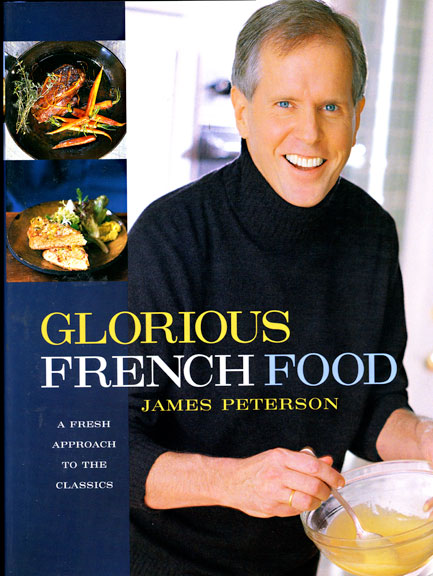Unlike meats, which are braised for long periods to break down connective tissue and muscle, fish is braised only long enough to cook it through. (Octopus, cuttlefish, and squid are an exception.)
Braising, of course, is cooking in a small amount of liquid, the idea being that the juices of whatever is being braised are contained in the liquid and later converted to a sauce.
To braise fish fillets, pre-heat the oven to 375 degrees, put the fillets in a baking dish just large enough to hold them in a single layer. Add enough liquid to come halfway up the sides of the fish. Put the pan on the stove (if it’s glass, use an insulating pad) and bring the liquid to the simmer. Cover loosely with aluminum foil and slide into the oven for about 10 minutes per inch of thickness.
The real fun begins when it comes to improvising the braising liquid. The most obvious and classic approach is to use the fish’s head and bones to make a light fish broth which is in turn used to braise the fish, concentrating the fish’s natural flavor. When making fish stock, cook in a mixture of white wine and water for about 20 minutes, no longer, or the stock will get fishy.
Other braising liquids can of course be used. Various wines, fruit juices, the liquid released from steaming mussels or clams, lobster cooking liquid, meat juices, verjuice, vinegar or lemon (diluted) can all be used to create unique flavors.
One particularly delicious approach is to use the cooking liquid from mussels or clams to braise the fish. This liquid is much more sea-like than fish cooking liquid and lends a mysterious tang to the sauce. The mussels and/or clams can then be used as the garnish for the fish.
Once the fish comes out of the oven, it’s time to convert the braising liquid to a sauce. The liquid can be used alone, but it’s much tastier if something is used to bind it together somewhat. Cream is one obvious choice as is butter which can be swirled in just before serving. Other possibilities include egg yolks which can be used to thicken the sauce.
There are two approaches to using egg yolks. One is simply to combine the beaten yolks with the braising liquid (about 3 yolks per cup is about right) and slowly cook, without boiling, until the sauce thickens. Another approach is to whisk together the egg yolks and braising liquid over medium heat to form a frothy “sabayon.” The sabayon can be left as it is or, once the sabayon is established, butter can be added to the sauce in the manner of a hollandaise.
Once the sauce has been thickened, other flavors can be added such as lobster butter, herb butters, or sea urchin roe butter, either alone or in combination.



Interesting site. I’ve visited couple of pages
Thank you.